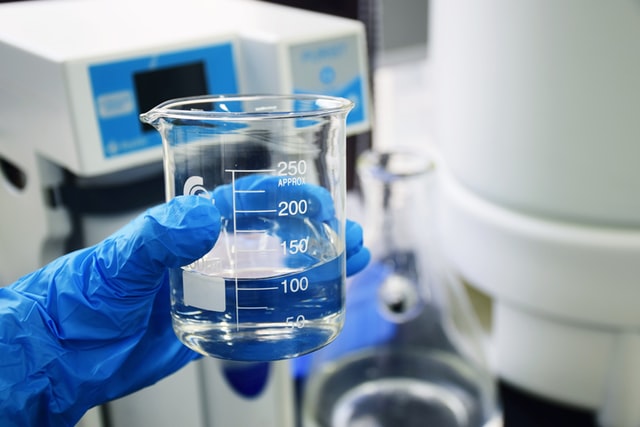Technology has come a long way for even simple machines in industrial settings. With higher quality and health standards across the board in the manufacturing of foods, pharma, petroleum, and other viscous fluids for human or pet consumption, automation and simple computer-aided tools have ushered in the most efficient manufacturing methods ever.
Overhead Stirrers
One of the most important yet underrated tools in the world of fluid processing is overhead stirrers. It does exactly as its name suggests. These simple yet incredibly efficient gadgets are designed to simply sit in place and spin a stirring stick, which in turn stirs a vat of fluid below it. The gadgets can be mounted on the ceiling or clamped directly onto barrels or vats.
The number of man-hours this simple invention has saved over the last hundred years simply can’t be calculated. Today’s overhead stirrers can be controlled by a computer with software that allows precision control of multiple stirring units at once. Independently or in unison, the software can be set up for automation based on different inputs, such as temperature, flow rate, and fluid level. The rate of spinning, amount of torque used, and on/off controls can all be maintained and monitored remotely.
Automated Homogenizer
Another hero of the fluid processing world is the homogenizer. These machines are for processing more frothy fluids such as pastes, slurries, and even powders. Blending and mixing to increase the uniformity of fluids is the goal behind homogenization.
These machines are also at a high level of technology now. They can be automated for their entire lives and controlled remotely. Homogenizers can range from hand-held devices all the way to room-sized machines that incorporate compression into the mix.
Worldwide Ubiquity
Every day of our lives, we encounter or even ingest foods or pills that were manufactured by stirrers, homogenizers, and probably many other industrial automated tools. These simple machines are now much more complex than ever before, but at their core, they still perform the same simple functions that used to be done by hand many years ago.

